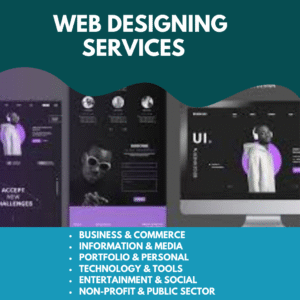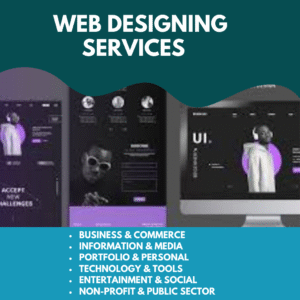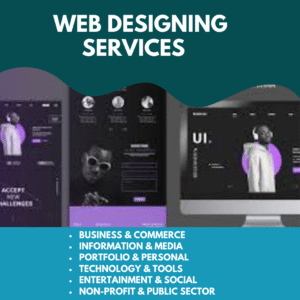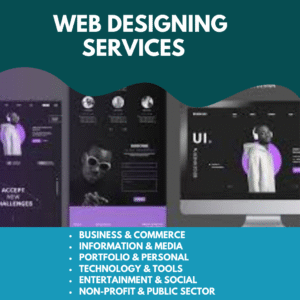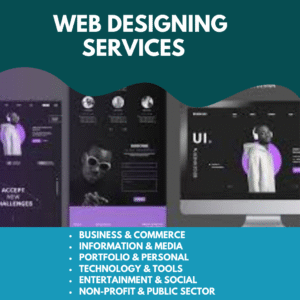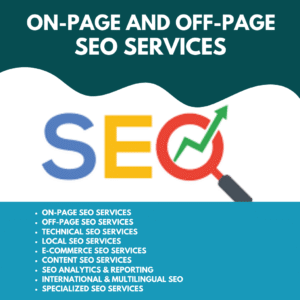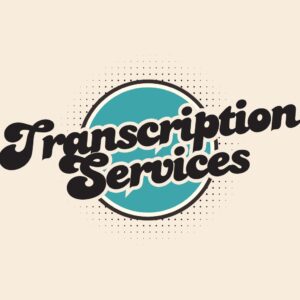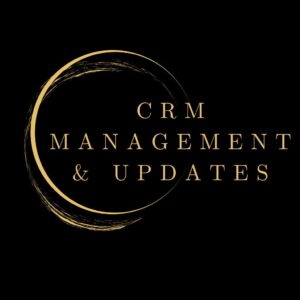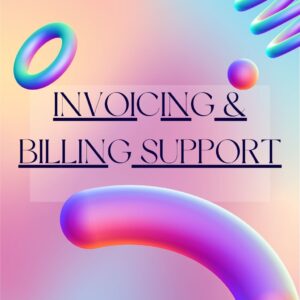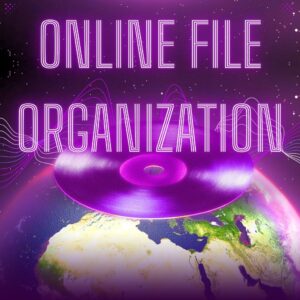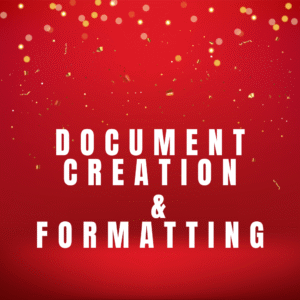Transcription Services: Transforming Words into Actionable Insights for Every Industry
In today’s fast-paced, information-driven world, transcription services have become indispensable across industries. From converting interviews and meetings into structured documents to creating accurate captions for videos, transcription bridges the gap between spoken language and written content.
Whether you are a business professional, educator, researcher, or content creator, leveraging transcription services can save time, enhance productivity, and improve accessibility — all while ensuring every word is preserved with precision.
This comprehensive guide explores the importance of transcription, its wide-ranging applications, and how to make the most of this powerful service in your operations.
1. What Are Transcription Services?
Transcription services involve converting audio or video recordings into accurate, readable text. This process can be done manually by skilled human transcribers or through AI-powered tools — often with a combination of both for optimal accuracy.
Modern transcription services cover a wide array of formats, including:
-
Interviews and podcasts
-
Meetings and webinars
-
Lectures and training sessions
-
Legal proceedings and depositions
-
Medical dictations
-
Video captions and subtitles
In essence, transcription transforms spoken content into a tangible, searchable, and shareable format.
2. The Importance of Accurate Transcription
Accurate transcription is more than just putting words on paper. It delivers clarity, consistency, and value across business and personal uses.
Here’s why accuracy matters:
-
Legal Compliance: Errors in transcripts can lead to misinterpretation or legal challenges.
-
Enhanced Accessibility: Accurate captions and transcripts ensure inclusivity for individuals with hearing impairments.
-
Knowledge Preservation: Meetings, research interviews, and presentations can be referenced reliably when correctly transcribed.
-
SEO Benefits: For content creators, accurate transcripts improve search visibility, making content discoverable online.
3. Industries That Rely on Transcription Services
a. Corporate Sector
Businesses use transcription for meetings, training sessions, and brainstorming discussions. Written records help teams document decisions, track progress, and ensure alignment across departments.
b. Media & Entertainment
Podcasters, YouTubers, and broadcasters rely on transcripts for subtitles, accessibility, and repurposing content into blogs, newsletters, or social media posts.
c. Education & E-Learning
Transcription supports students and educators by converting lectures, webinars, and workshops into study materials and searchable resources.
d. Legal Industry
Law firms depend on verbatim transcriptions for depositions, hearings, and client meetings, ensuring compliance and clarity in sensitive cases.
e. Healthcare
Medical professionals use transcription for dictated patient notes, reports, and case summaries, improving efficiency and record accuracy.
f. Market Research
Researchers transcribe interviews, focus groups, and surveys to analyze data effectively and extract actionable insights.
4. Benefits of Using Professional Transcription Services
a. Time Efficiency
Manual transcription is time-consuming. Professional services save hours of work, enabling teams to focus on core tasks.
b. High Accuracy
Human editors combined with advanced AI ensure error-free transcripts, even in recordings with multiple speakers or background noise.
c. Scalability
From small tasks to high-volume projects, transcription services can scale to meet your business needs seamlessly.
d. Confidentiality & Security
Trusted providers implement strict data security protocols, ensuring sensitive information remains protected.
e. Cost-Effective Solutions
Outsourcing transcription eliminates the overhead costs of hiring and training in-house staff.
5. Types of Transcription Services
Different transcription formats cater to different needs:
-
Verbatim Transcription: Every word, pause, and sound is captured — ideal for legal or research use.
-
Edited Transcription: Cleaned-up content for clarity while retaining the core message — great for business and educational contexts.
-
Intelligent Transcription: Condensed and summarized transcripts, perfect for executives needing quick insights.
-
Captioning & Subtitling: Transcriptions synchronized with video for accessibility and multilingual audiences.
6. Choosing the Right Transcription Service
Selecting the right provider ensures quality and reliability. Key factors to consider include:
-
Accuracy Rate: Look for services with 98% or higher accuracy.
-
Turnaround Time: Match delivery speed with your project timeline.
-
Security Compliance: Ensure adherence to standards like HIPAA for healthcare or GDPR for European markets.
-
Industry Expertise: Providers familiar with your industry deliver contextually accurate transcripts.
-
Pricing Structure: Transparent, competitive pricing without hidden fees.
7. Technology in Modern Transcription
The transcription industry is evolving rapidly with cutting-edge technology:
-
AI-Powered Tools: Software like Otter.ai or Trint provides quick drafts for human editors to refine.
-
Speech-to-Text APIs: Integrated into apps for real-time transcriptions during meetings or calls.
-
Cloud-Based Storage: Secure, accessible archives for easy retrieval and sharing.
-
Language & Accent Adaptation: AI models trained to handle diverse accents and dialects for global accessibility.
8. Best Practices for Seamless Transcription
To maximize the efficiency of transcription services, follow these best practices:
-
Provide Clear Audio: Use quality microphones and quiet environments.
-
Label Speakers: Especially important for interviews and panel discussions.
-
Specify Formatting Needs: Indicate preferences for timestamps, verbatim style, or summaries.
-
Review & Edit: Even the most accurate transcripts benefit from a quick internal review for context-specific nuances.
9. The Future of Transcription Services
The future is bright for transcription, with AI, machine learning, and automation reshaping the industry. Expect:
-
Real-Time Transcription: Instant, high-accuracy transcripts during live events and meetings.
-
Multi-Language Translation: Integrated services breaking language barriers in global communications.
-
Contextual AI Understanding: Smarter tools that understand tone, context, and industry-specific terminology.
-
Greater Accessibility: Transcription will play an even bigger role in creating inclusive, global communication environments.
10. Final Thoughts
Transcription services are no longer just a convenience; they are a strategic necessity for businesses, educators, creators, and researchers. By converting spoken words into actionable, accessible text, these services unlock efficiency, clarity, and value across industries.
Whether you’re documenting a business meeting, creating subtitles for a video, or analyzing research interviews, investing in a reliable transcription service ensures accuracy, professionalism, and speed — empowering you to focus on growth, innovation, and success.
Let DataHome.Solutions handle your transcription needs so you can save time, stay organized, and focus on what truly matters.
#VirtualAssistant,#VirtualAssistance,#VAservices #TranscriptionServices, #BusinessEfficiency, #AITranscription, #ContentCreation, #AccessibilitySolutions, #DataManagement, #ProfessionalTranscription
